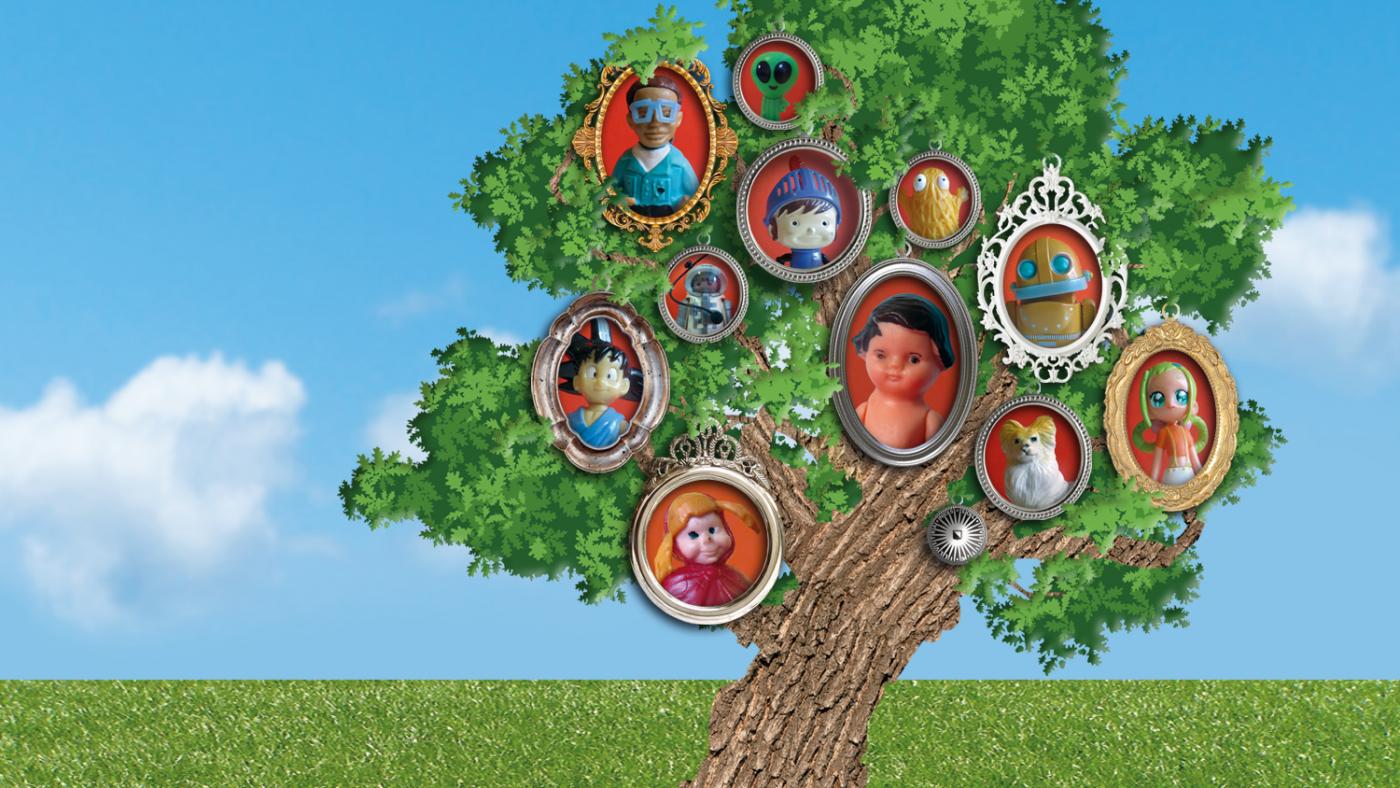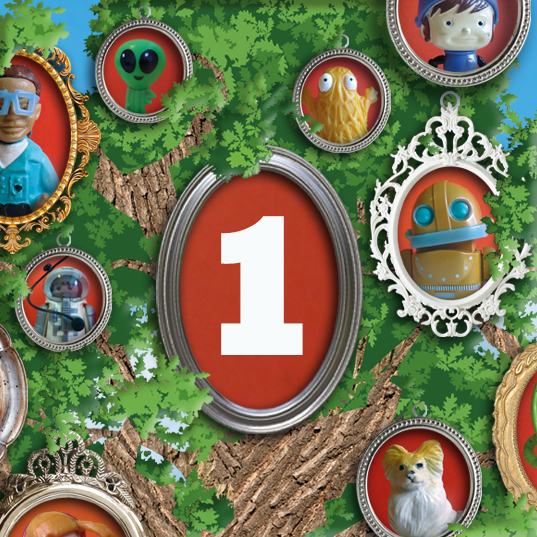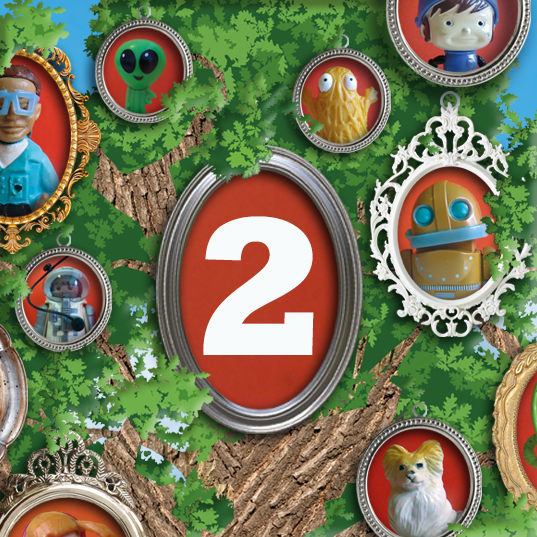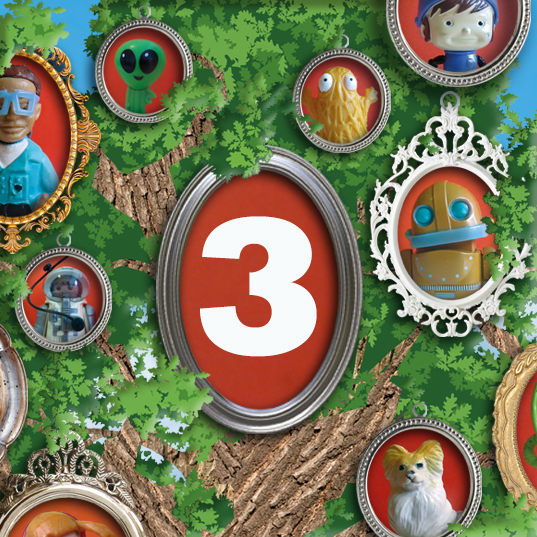To a more diverse UU

Take a look inside the lecture halls: they’re mostly filled with white students with highly educated parents. Teachers are alike, and the professors are predominantly male. The world outside the UU is distinctly different. To get that world into the university, more people with varied backgrounds should study and work here. A student who grew up in Utrecht’s ‘tough’ area Overvecht will have different experiences than a peer from the more privileged area Tuinwijk. A researcher from India has a different story than a scientist from Limburg. By exchanging these experiences, students’ world views become more complete, or so theory says. By looking at research questions from different perspectives, you’ll achieve more innovation.
These are a few of the reasons why the university’s board wants to attempt to make the student population, the faculty and other staff more diverse. The Strategic Plan 2016-2020 mentions explicitly that the UU has to draw more students and employees to it with differences in backgrounds ‘in gender, ethnicity, class, religion, sexuality, etc.’. In which the ‘etc.’ can mean, for instance, health, disability and age. The UU wants to create the right atmosphere to do this, one in which everyone feels seen and appreciated.
Changes
The question is how to get there. The Taskforce Diversity, established last year, is leading the discussion within the university. Led by UU’s vice chairwoman Annetje Ottow, the taskforce aims to support policy and initiatives that make the UU more diverse. And there are quite a few of those.
The number of international employees is growing steadily, for instance, because the UU is proactively searching for talent abroad. The number of international students is also growing, since more and more master’s programs are taught in English. Since the Participation Law came into effect, the UU has created jobs for people with poor job prospects. There are special training sessions aimed at making selection boards aware of their subconscious prejudices against applicants, and the UU has its long-established Women’s Network which aims to increase gender diversity.
Employees have also started projects to increase diversity, or make it more visible. One initiative started by two PhD candidates was InclUUsion, a way for the UU to open its doors to refugees. Late last year, after Coming Out Day, a work group for LGBT+ people was started. Several study programs have started to critically analyze their own curriculum, to let students read more material by non-Western scientists.
Looking at others
On its journey towards more diversity, the UU is also looking at what other universities are doing. Like Manchester University, for instance. There, students guide high school students whose grades are just a fraction too low to be admitted to university. The high school students are taught academic skills after school, and how to write papers. If they’re successful in these classes, they’ll be allowed to start studying at university. Other examples the UU looks at are Leiden, Rotterdam and the Amsterdam Free University, where a successful diversity policy has been in place longer.
The University of Amsterdam started its race towards diversity last year, like the UU. The University of Amsterdam had its populace fill out a questionnaire. Results showed that 62 percent would appreciate a breakthrough of the university’s uniformity. There, too, the question remains how. The word ‘quota’ was mentioned in the discussion, but compulsory measures like this are seen as a last resort, the final recommendations say. The UU works with targets, although some at the UU are advocates for quota instead, because targets don’t always work, and aren’t always met. In 2000, for instance, EU countries agreed that by 2010, a quarter of all professors at all universities should be women. The Netherlands has, as of now, still not managed to meet that target.
Having clear rules isn’t always enough either, became clear when the committee set up to choose the new rector was announced – it consisted of six men and one woman. After protests from the university’s populace, this was changed.
Decisiveness
A question the University Council is quick to ask is whether the taskforce will be decisive enough, says Nico Naus, member of the Utrecht PhD Party. “We’re a big proponent of diversity and we’d like to have the task force lead the university in the right direction. What are we aiming at, and how will we get there? What changes are we really going to see? And when will we be satisfied?”
The Party for the Free Student disagrees on the topic of diversity goals. Leading candidate Sebastian Wijnands, who hopes to become a member of the University Council in September: “We think a diverse community can be very inspiring, but we don’t think the UU should be extraordinarily firm in this. We’re not a fan of quota, for example. We want to learn from research done by good scientists, and have classes taught by good teachers. We don’t want to get the idea that the teacher is only there because of certain traits.”
The UU has a long way to go before she’ll reach her goal. Decisions, sometimes hard ones, will have to be taken, because one person’s advantage can be another’s disadvantage. The career of men may stagnate if female talents are preferred; Dutch students may be rejected in favor of internationals, and having English as the main language on the work floor may disrupt the sense of community.
Three UU initiatives that may encourage diversity
 New staff: 'A well-formed recruitment and selection protocol is better than a quota'
New staff: 'A well-formed recruitment and selection protocol is better than a quota'
At the Faculty of Sciences, the percentage of women present still declines the higher up the ladder you look. In 2016, 36 percent of PhD candidates was female; the percentage of female professors was stuck at 11. In order to get to the target of 20 percent female professors by 2020, the Science faculty has a lot of work to do, says Wil van Hooft, head of Human Resources. “We believe diversity contributes to excellence, so you need to bring diversity to your organization.”
Special measures are needed, he says. The faculty implemented a new policy last year, with tight protocol for recruiting and selecting professors, assistant professors, career-, track- and tenure-track positions. It seems to be paying off: the percentage of female professors rose to 14-15 percent in 2017, Van Hooft says.
From the moment a vacancy for a professor’s position is expected, the protocol starts working – for a period of around two years. The faculty’s diversity committee checks the plan of action. Then, the wording of the vacancy is thoroughly checked on language use. The vacancy is sent to networks of female work contacts and the association of female professors. The selection committee is composed in accordance with several rules, and the members will each receive training to let them learn more about their own mind bugs. This is followed by an evaluation.
Van Hooft: “Filling a vacancy in this careful way works. I trust in this more than I trust in quotas. At the department of Information and Computing Sciences, there were several vacancies, and after a widespread procedure, we selected two men and two women. Quite the achievement, in this discipline. One woman was hired as professor. Had we done this the old-fashioned way, it’d probably have been a man again. We probably wouldn’t even have seen any female applicants.”
 New students: 'Good matching and selection leads to a more diverse group of students'
New students: 'Good matching and selection leads to a more diverse group of students'
Selection and matching influence the type of students you end up with, was shown by research on matching by Teaching Fellow Leoniek Wijngaards-de Meij and research on selection by Sebastiaan Steenman. Both showed that the way students are screened now, can actually exclude groups of people.
Steenman researched selection procedures in the world’s top 100 universities, plus all Dutch universities. His conclusion is that you can get the best students for your program, if the selection procedure is made to fit the kind of education you’re offering your students. “For bachelor’s programs in which you need to memorize a lot of information and be able to reproduce it, it’s best to look at high school grades. If a study program values creativity and analytical thinking, you need to test that instead.
Because average grades won’t always be the most important thing anymore, you’ll end up with a more diverse group of students. If you’re looking for students who’ll be successful in Veterinary Medicine, it’s a good thing to – as the faculty does – look at critical thinking skills.”
There’s something weird going on in the UU’s matching, Wijngaards-de Meij discovered. Prospective students with a migration background who were interested in studying at the UU, were less likely to sign up for the matching day, compared to prospective students without a migration background. There’s also a difference between boys and girls. Boys are more likely to turn their tentative application into a definitive one. At the Faculty of Science, the difference is the greatest: compared to other faculties, girls there are most likely to quit the application process. “It’s important to look at what the cause of this is,” Wijngaard-de Meij says. The introduction of the matching process hasn’t had any effect on the influx of students with a migrant background: between 2009 and 2015, this number was a consistent 19 percent.
 Educational innovation: a tool box to color the curriculum
Educational innovation: a tool box to color the curriculum
Some students at Cultural Anthropology don’t feel represented in the literature they’re supposed to study, according to interviews among a specific group of students. “Why can’t I see myself reflected in these studies?” they wonder. It’s one of the reasons to make the education in that study program more diverse.
With this goal in mind, PhD candidates Kathrine van den Bogert, Nicole Sanches and Elke Liners, along with student assistant Jasper, are developing a tool box to help teachers add diversity to their classes. It’s sorely needed, the four say. “The danger of the current curriculum is that students will accept the study material as absolute truth, despite the fact that knowledge is influenced by the perspective used in the research.” Researchers, Van den Bogert says, are biased too. “Their own frame of reference directs the research.”
She gives an example of how male scientists in some countries used to base their research on studies done on men, and then made conclusions that they said applied to the society as a whole. Female researchers using women as sources reached entirely different conclusions.
In order to ‘color’ the curriculum of Cultural Anthropology, the canon of white, western founders of cultural research is being supplemented by work done by researchers with a different background. To make things easier on teachers, a tool box will be provided. “We’re still in the early days of the process, but the idea is that the toolbox will make it easier to find other sources, beyond the usual literature. The box will also help you formulate questions to students in such a way that every student in class will feel addressed. We’ll also add a checklist with suggestions on how to make education more diverse.”
Translation: Indra Spronk